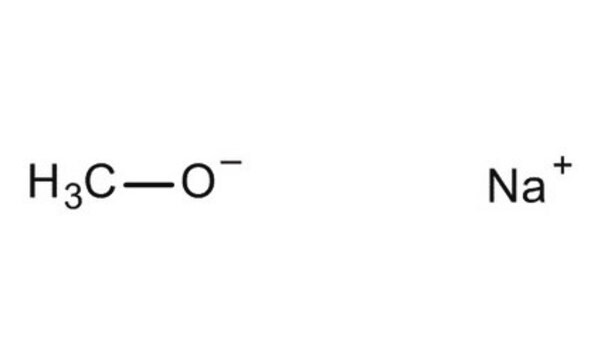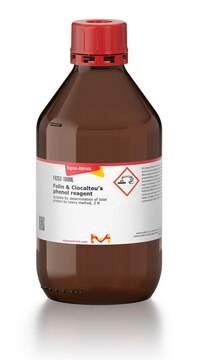10306
HayeSep® Porous Polymer Adsorbent
matrix HayeSep S, 60-80 mesh, bottle of 75 cc
About This Item
Produtos recomendados
forma
solid
Nível de qualidade
embalagem
bottle of 75 cc
fabricante/nome comercial
Hayes Separation Inc
Parâmetros
250 °C temp. limit
técnica(s)
gas chromatography (GC): suitable
área da superfície
~583 m2/g
matriz
HayeSep S
tamanho de partícula
60-80 mesh
densidade
~0.33 g/mL (free fall density)
Procurando produtos similares? Visita Guia de comparação de produtos
Descrição geral
For more information about any of our adsorbents, please visit sigma-aldrich.com/adsorbents
Aplicação
Informações legais
Código de classe de armazenamento
11 - Combustible Solids
Classe de risco de água (WGK)
WGK 3
Ponto de fulgor (°F)
Not applicable
Ponto de fulgor (°C)
Not applicable
Equipamento de proteção individual
Eyeshields, Gloves, type N95 (US)
Escolha uma das versões mais recentes:
Certificados de análise (COA)
Lamentamos, não temos COA para este produto disponíveis online no momento.
Se precisar de ajuda, entre em contato Atendimento ao cliente
Já possui este produto?
Encontre a documentação dos produtos que você adquiriu recentemente na biblioteca de documentos.
Nossa equipe de cientistas tem experiência em todas as áreas de pesquisa, incluindo Life Sciences, ciência de materiais, síntese química, cromatografia, química analítica e muitas outras.
Entre em contato com a assistência técnica




